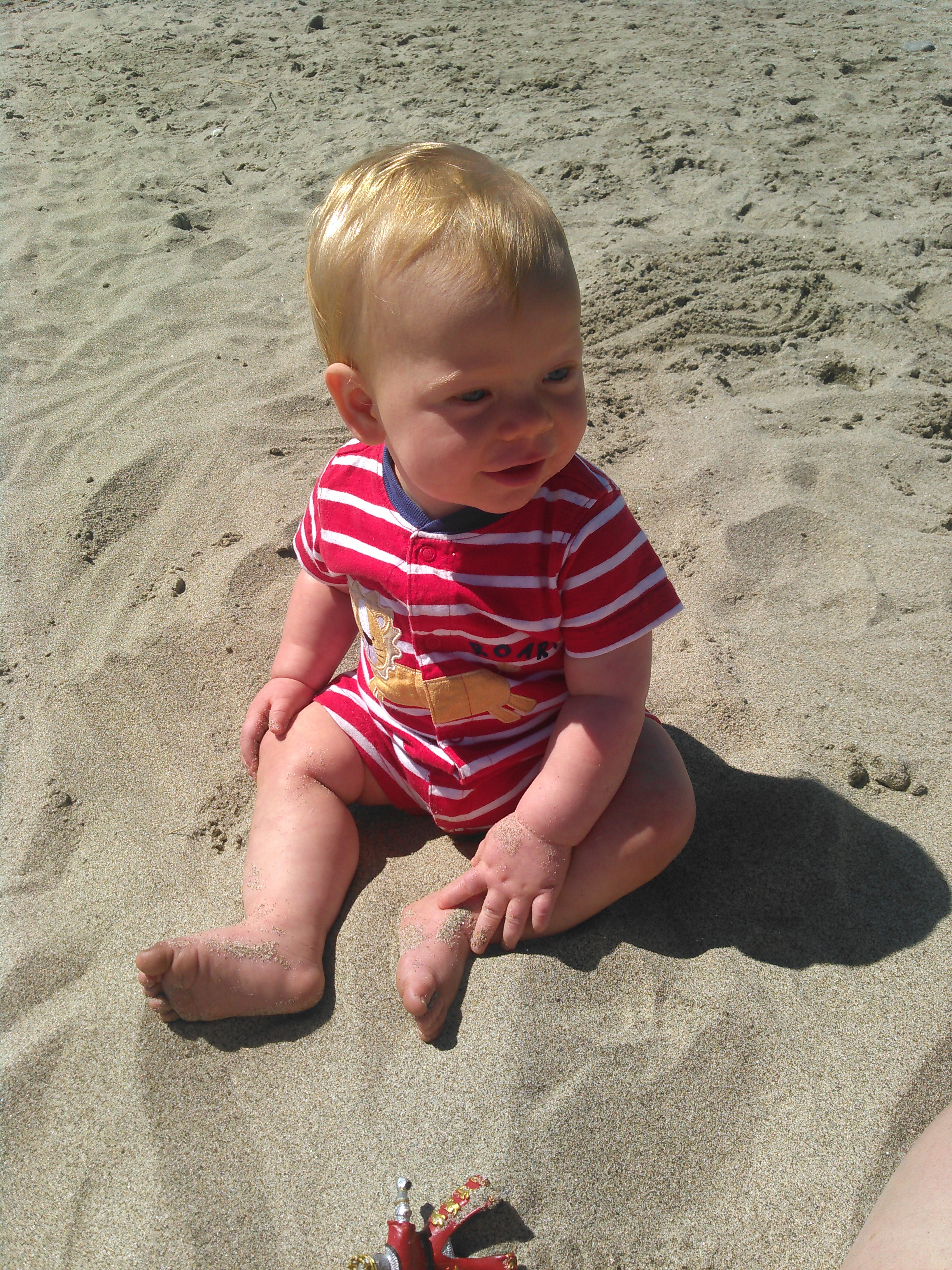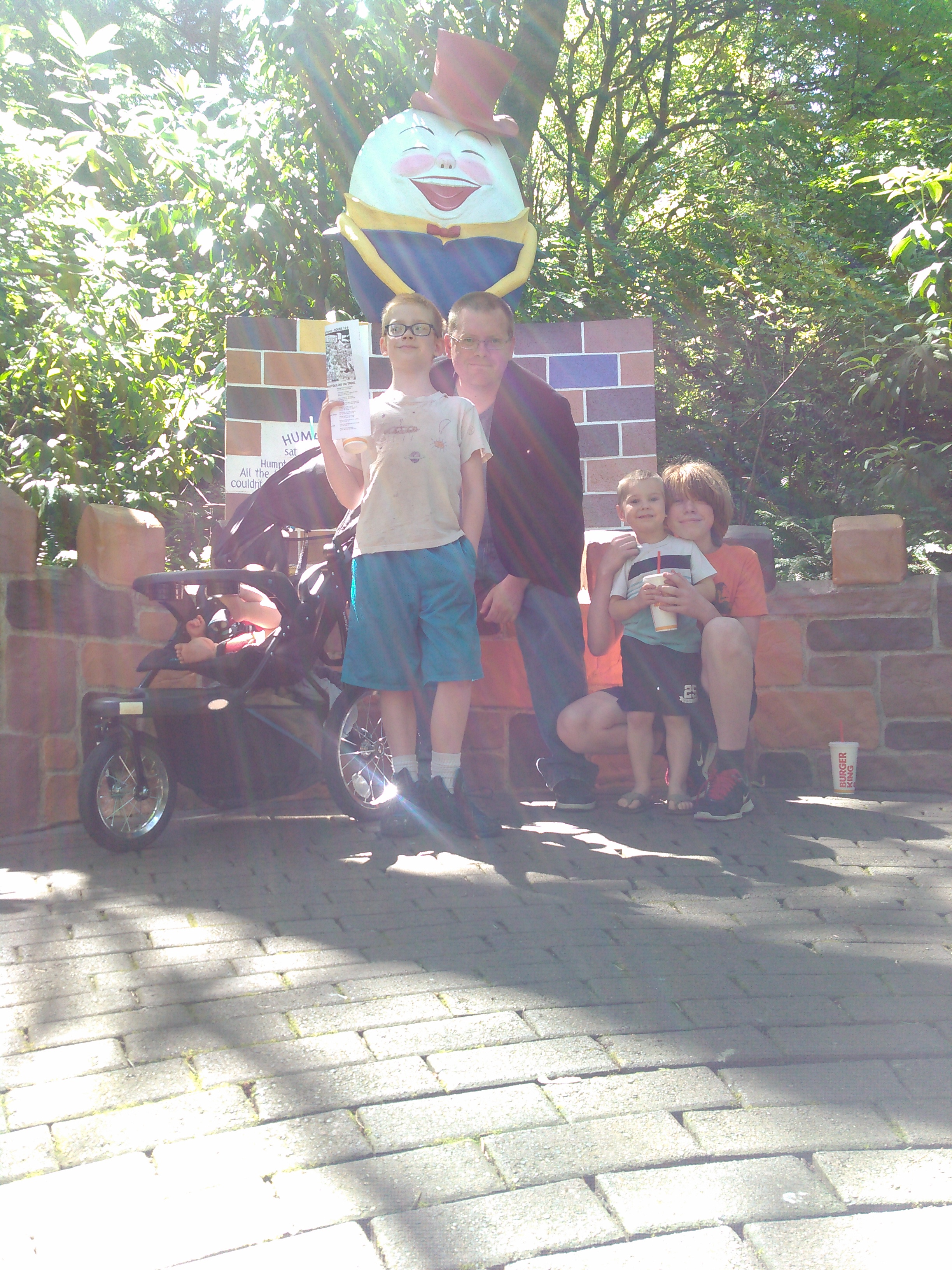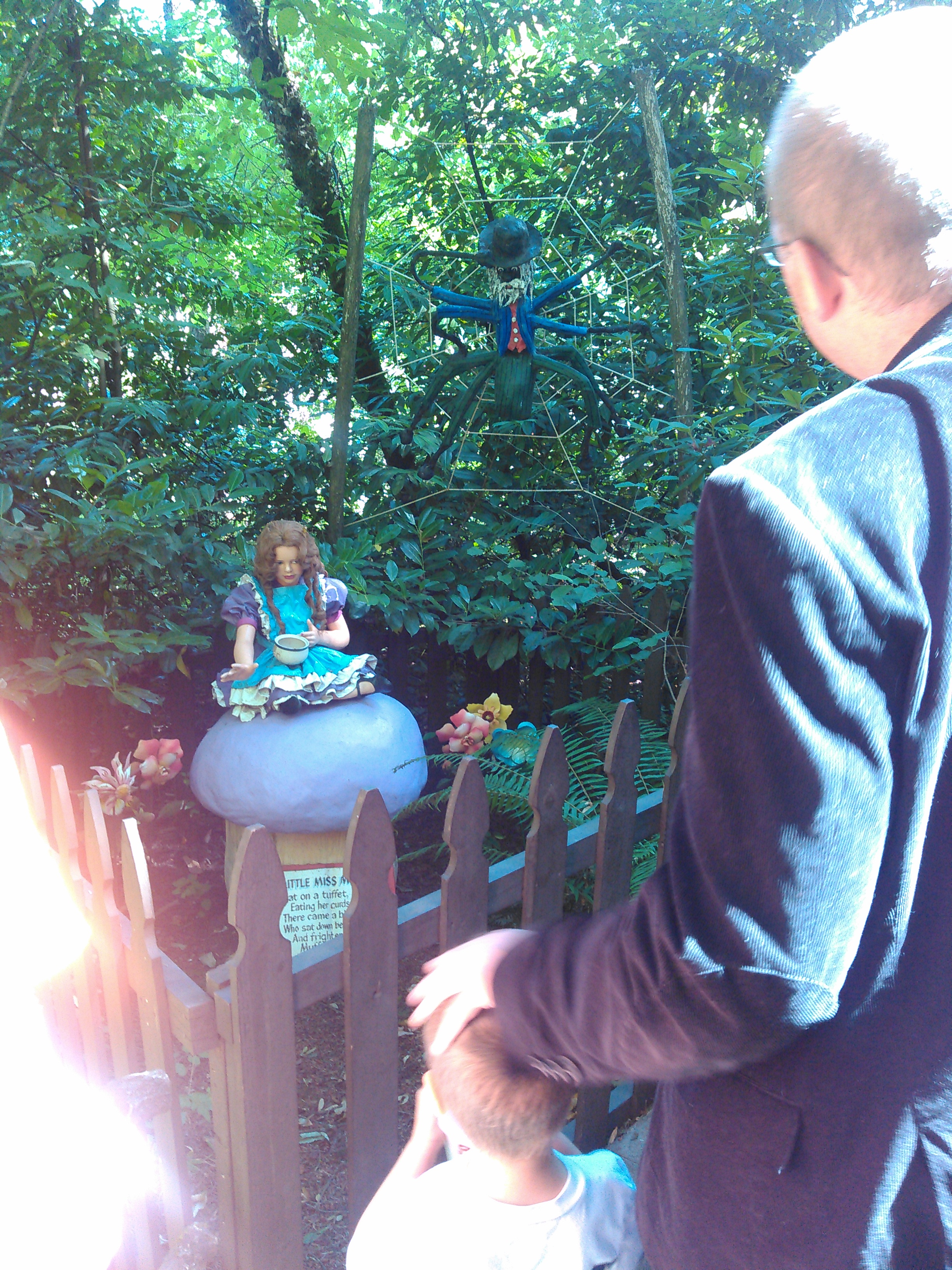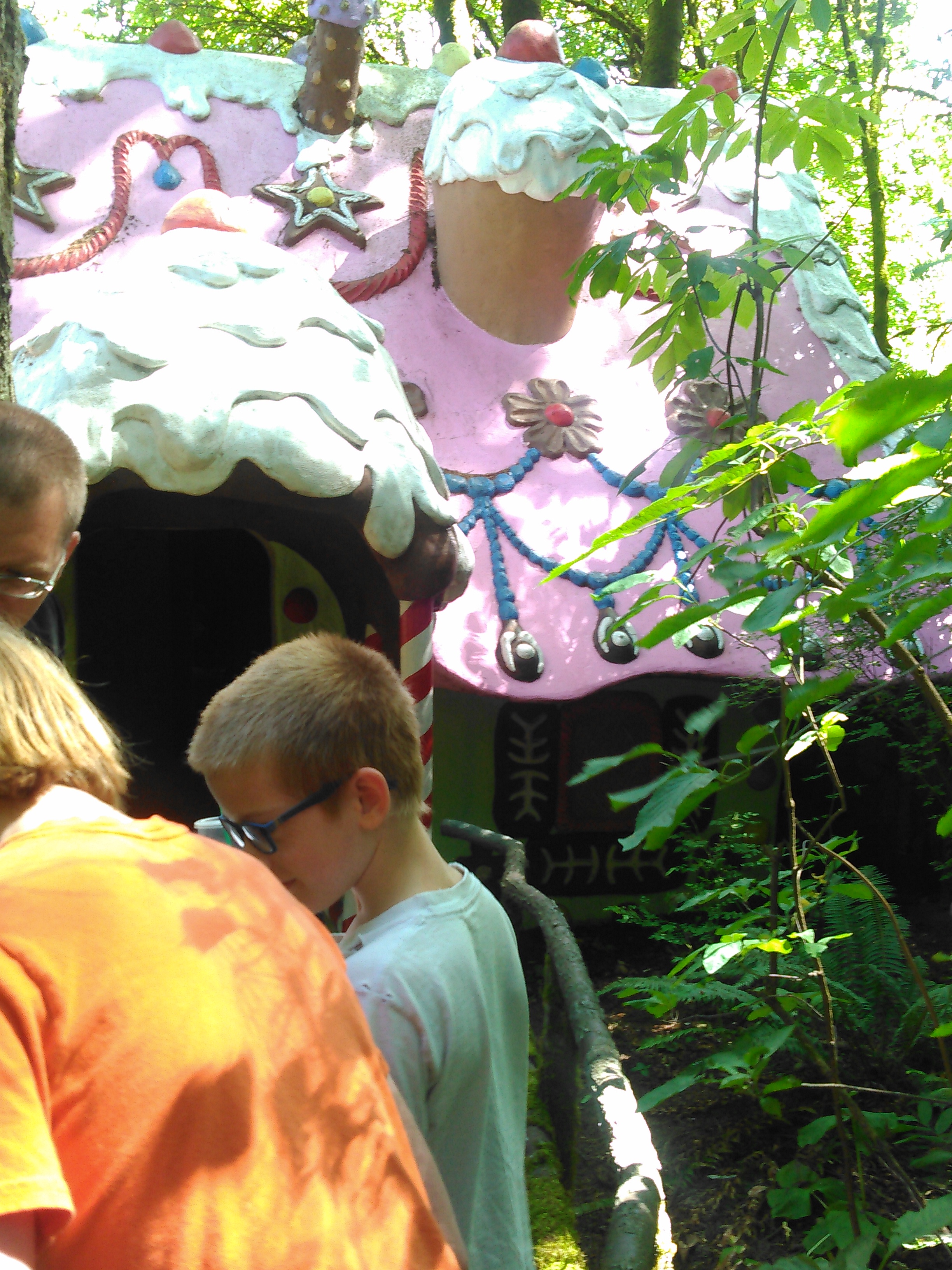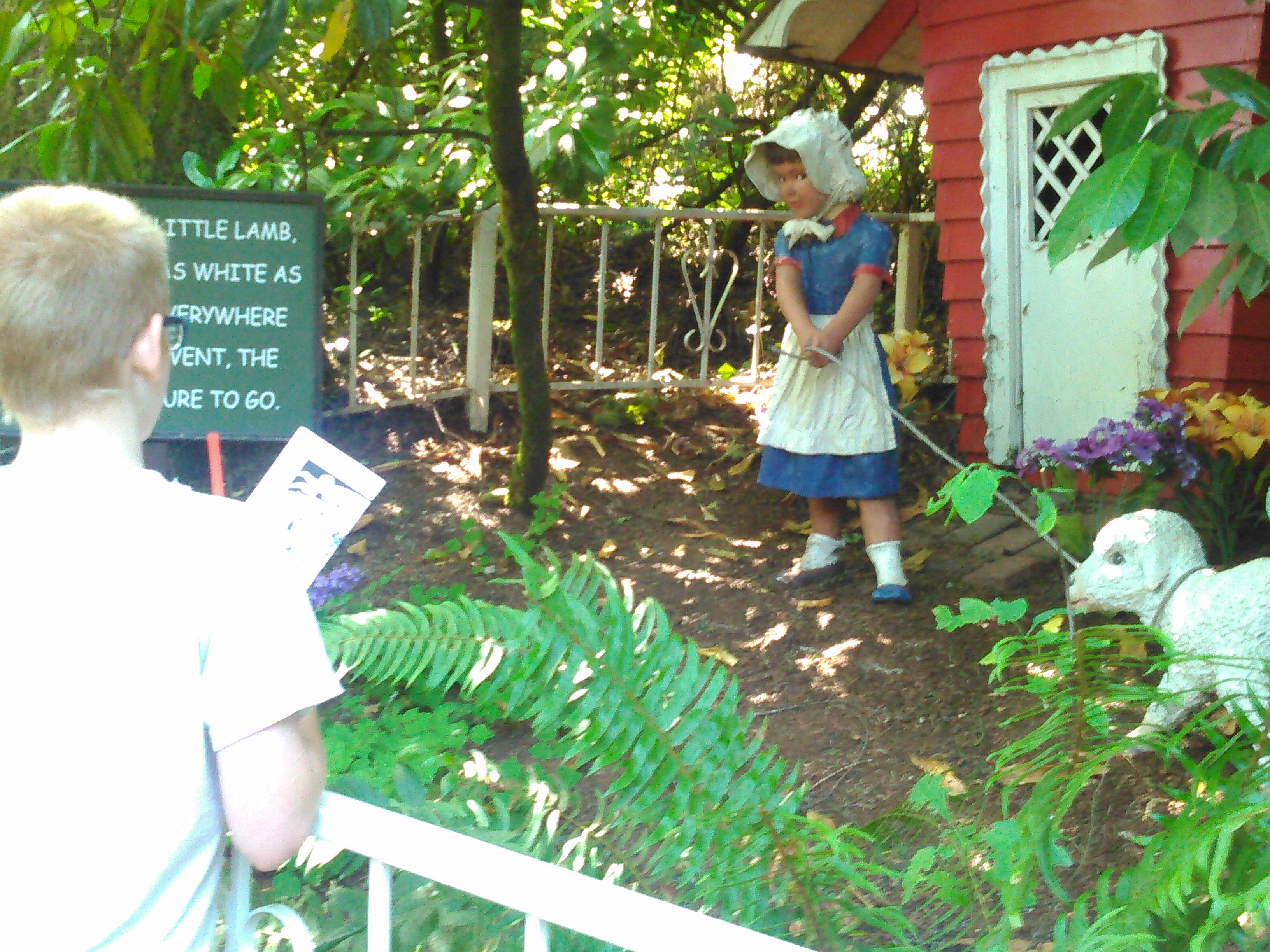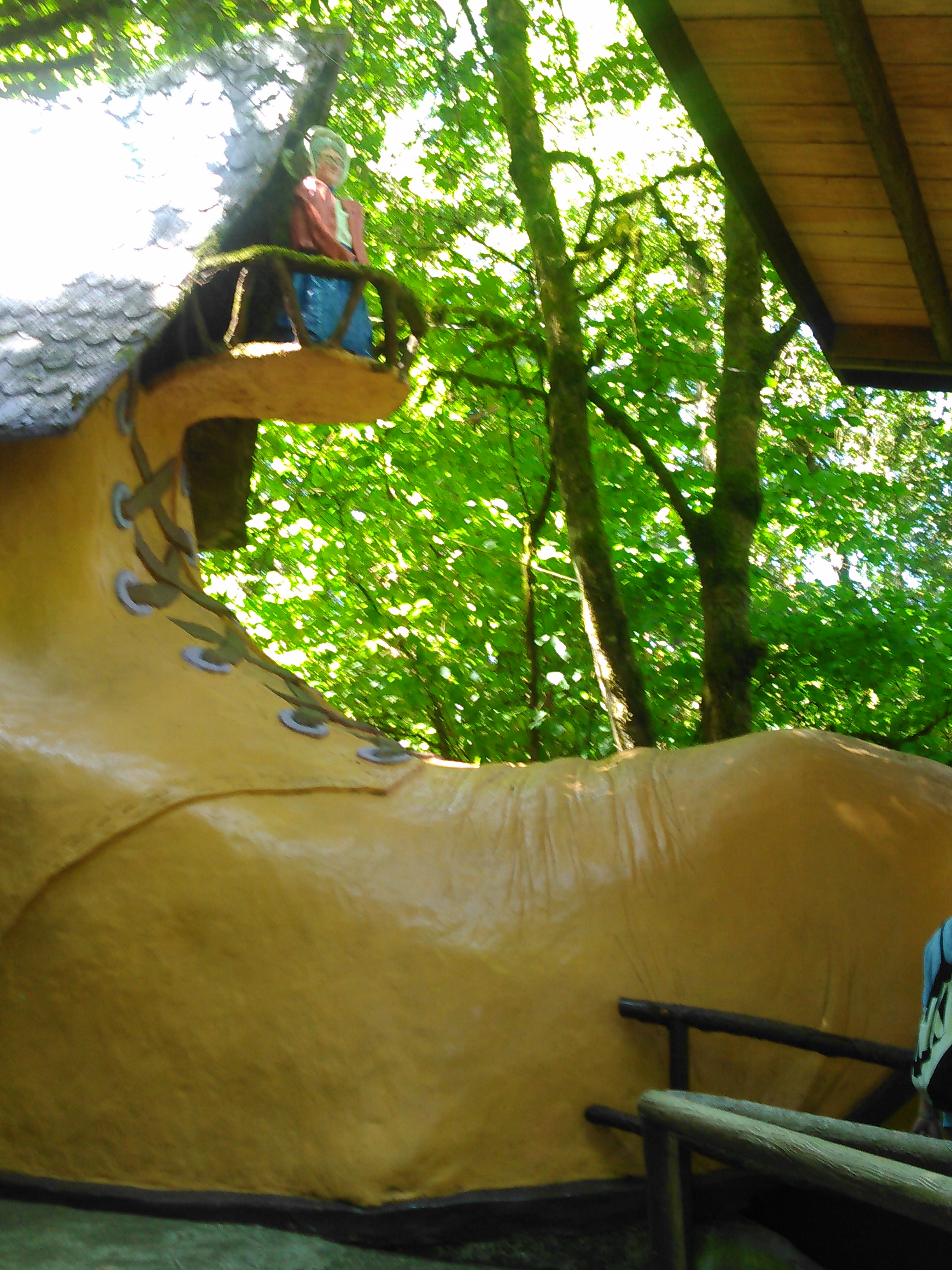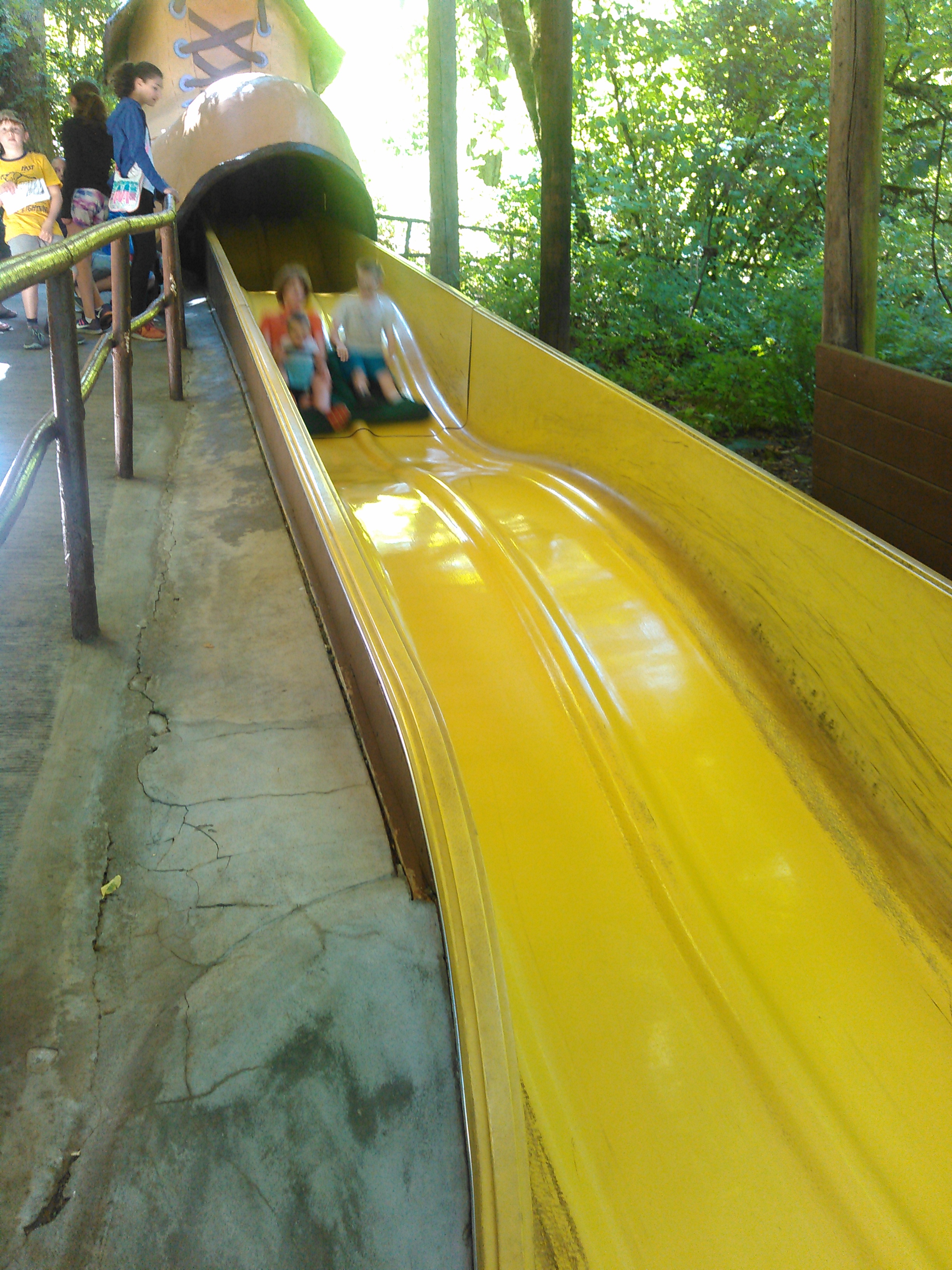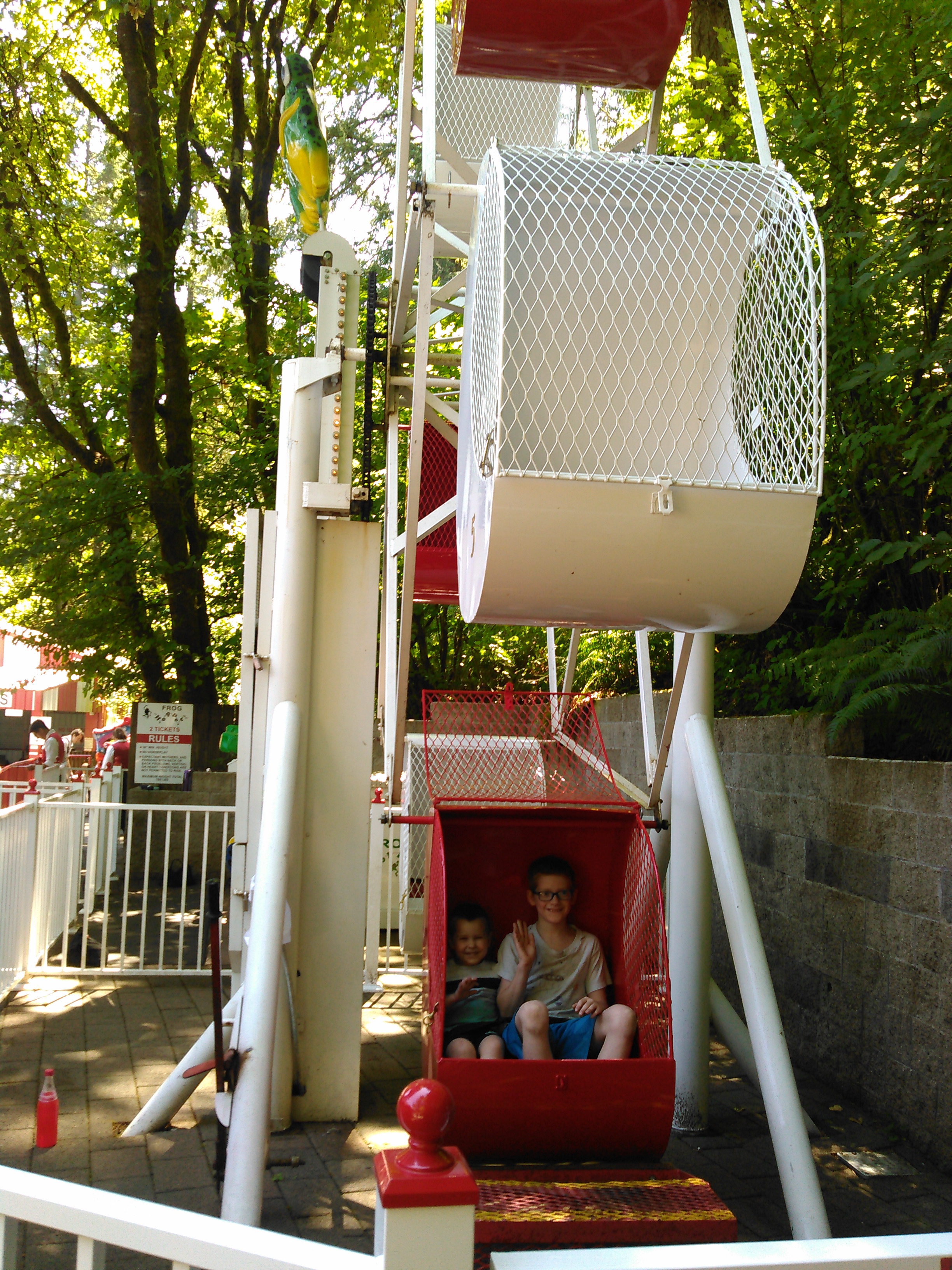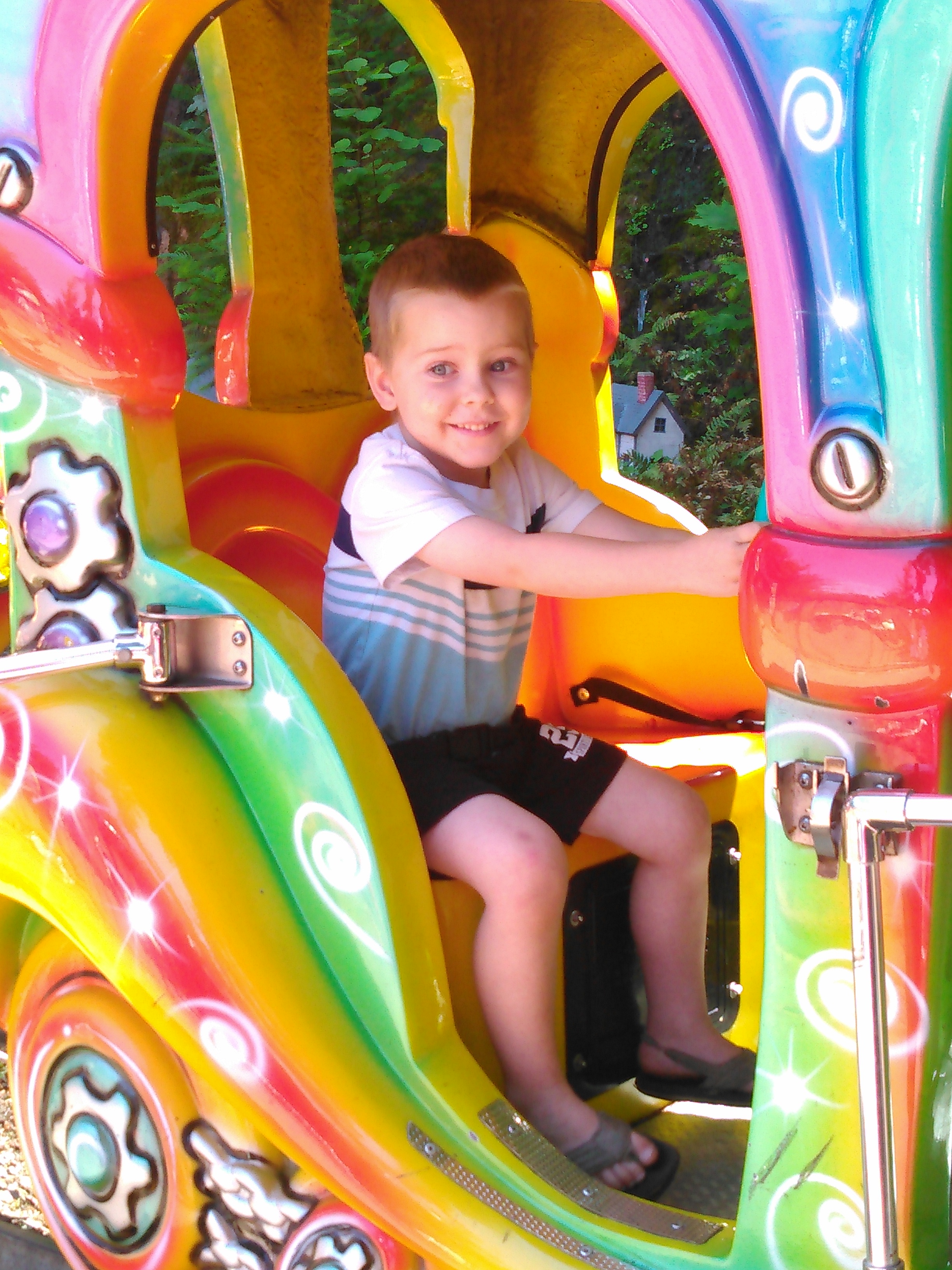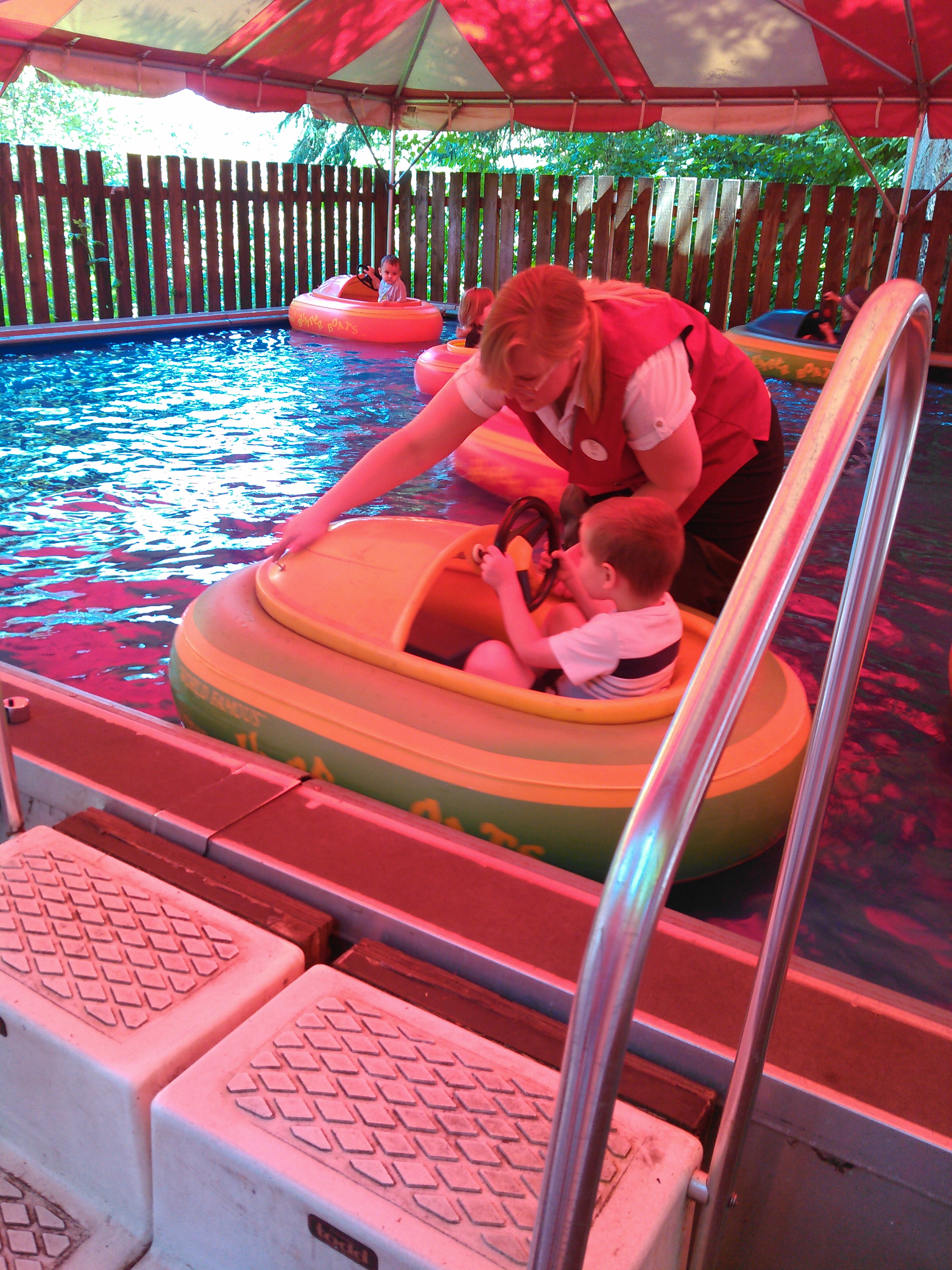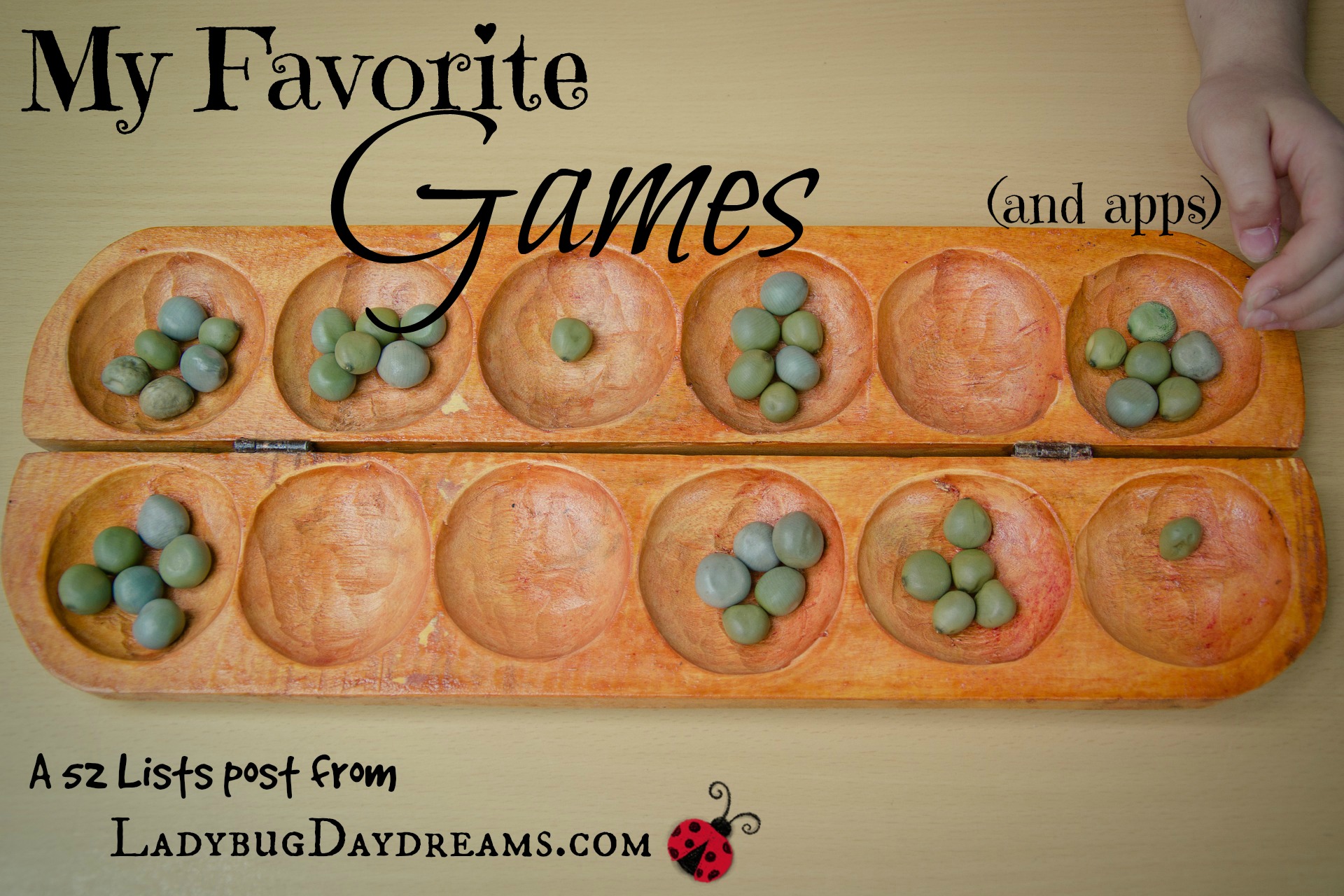
Full disclosure: I haven’t actually finished this book yet. But it’s a great book so far, and I highly recommend it. I’m going to do my best to answer the discussion questions based on what I’ve read so far, what I know of the rest of the book (Will read it a while ago and told me several of the main parts before I’d decided to read it myself), and what I know of Julia Child and her other book, Mastering the Art of French Cooking.
Questions for this month’s Book Club come from LitLovers.
1. Julia Child was an exuberant personality. How does that exuberance reveal itself when she first moves to France with husband Paul, a country many Americans have found unwelcoming? Why was Julia’s experience so different?
Her exuberance shows right from the very first page. Mrs. Child has such joy in all of her surroundings and experiences; she’s a person we can really look up to in this area. She embraces the changes thrust upon her rather than shying away from them. That attitude is what makes her experience as a world traveler so different.
2. Talk about Julia’s ability to overcome self-doubt and rejection as she pursues her career…both as chef and later as writer.
Julia Child was rejected many times on her way to her chosen career, starting clear back when she wanted to attend cooking school (she went to the real Le Cordon Bleu in Paris). The leader of the school didn’t want her there, but she persevered and became, arguably, the most famous chef ever to come out of that school.
Later in her life, when she was developing recipes and compiling them for her book (which she wrote with two friends), Mastering the Art of French Cooking, and more specifically when she and her co-authors were ready to shop the book to publishers, she was rejected several times before finding a willing publisher. This is the case with any author, of course, but Julia Child was able to move through the rejections with a thick skin because she believed in her product.
3. What role does Paul play in Julia’s development? How would you describe the quality of their marriage?
Paul and Julia’s relationship was something wonderful. Their marriage is something we should all work toward in our own because they supported each other so much in everything, and I don’t think Julia would have become The French Chef without the love and support of her husband.
4. Trace the process of how Julia comes to fall in love with French food—the fact that it was not just to be eaten but to be experienced. Talk about that first meal in France where she had her epiphany? Anything similar in your own life?
Her first meal in France was (if I remember correctly) an amazing fish dish – I forget the details. The server, who was also the owner/proprietor of the restaurant, really went all out to impress the American couple, and he did just that. She and Paul dined in many other restaurants during their time in France, all of which were amazing (or she just didn’t write about the non-amazing ones!), but it was that first experience that really spoke to her.
5. Discuss some of the interesting side stories: Julia’s relationship with her father, McCarthyism and Paul’s subsequent disillusionment with the U.S. government.
Because Paul and Julia had been stationed in China during WWII, they were automatically considered to be (at best) “risks” or (at worst) sympathizers with the Communist Party. Paul was hauled back to DC for some serious questioning/accusations while they were living in France, even though he’d done absolutely nothing wrong. (The US government assigned him to China, after all. It wasn’t someplace he chose to go.) That experience of being accused for absolutely no (valid) reason was the cause of his disillusionment.
6. Consider, too, some of the ironic or humorous moments: language missteps or Julia’s initial thoughts about TV.
I haven’t gotten to the part about her TV show yet, but one of the language missteps that stood out to me the most was actually something her sister said, not her. I forget what exactly she was trying to say, but in her fragmented, poorly accented French, it came out as “Mr. S**t” or something similar.
7. How important was Julia Child’s role in introducing America to French food and classical cooking? Has her influence lasted, given the culture’s affection for (or addiction to) fast food and convenience cooking, as well as our emphasis on low-fat diets?
I think Julia Child was vital in introducing America to classical cooking and French cuisine. I can’t honestly think of another chef who cared enough to develop French recipes for the American cook. She went to an amazing amount of work to figure out what the differences between French and American groceries were, and scientifically adjusted the recipes so they would turn out the same. It took her 11 years to develop the recipes for Mastering the Art of French Cooking; that should tell you something about how diligent she was.
Sadly, I don’t think her legacy is lasting because of the reasons stated in the question. It’s awful, but I think most modern families care more about speed and ease than quality in the kitchen these days.
8. If you have visited France (or live there), how do Julia’s reminisces compare to life in France today? What has changed…and what has remained the same?
Unfortunately, I’ve never visited France, so I can’t really answer this question. I want to go someday, but as of yet, it hasn’t happened.
9. If you have cooked with any of Julia Child’s cookbooks, especially her most famous, Mastering the Art of French Cooking, what were your experiences with her recipes? Difficult? Easy? Delicious? Too rich? Which are your favorite recipes of hers? Do you, in fact, enjoy French cuisine?
Yes, we actually own a copy of Mastering the Art of French Cooking. Will bought it after having read this memoir himself a few months ago, and we’ve cooked 3 recipes from the book. The first one we tackled was Bouef Bourguignon – a burgundy beef stew, and the recipe that won over the publisher at Alfred Knopf, the eventual publisher of Mastering the Art of French Cooking. This recipe was quite complex and took about 4 hours to cook. The result was delicious, though I’m not fully convinced it was entirely worth the time investment.
The next one we tried was her potato-leek soup, and that’s become a favorite of our family. It’s so simple (just potatoes, leeks, water, salt, and pepper), but so amazingly delicious.
The last one we tried was a kind of lasagna, but using (homemade, from-scratch) crepes instead of pasta. The sauce was essentially the same one you’d use for macaroni and cheese, but with Swiss cheese instead of cheddar. It had two “hearty” fillings – one that was spinach based and one that was mushroom based. This took a long time, too (about an hour and a half), but it was really delicious. My children didn’t think so, but my husband and I did. It was a show-stopper in appearance, too.
After only three recipes, I’m not sure whether I can honestly make a judgment call on whether I like French cuisine or not. It will take some more experiences first.
~*~*~
Next month, Lori and I will be reading a follow-up book to this one, Julie and Julia by Julie Powell. It chronicles the author’s experience of cooking every single recipe in Mastering the Art of French Cooking (524 of them) in a matter of just one year. It’s also the basis for (half of) the movie of the same name that stars Amy Adams as Julie Powell and Meryl Streep as Julia Child.
Blessings,

Like this:
Like Loading...




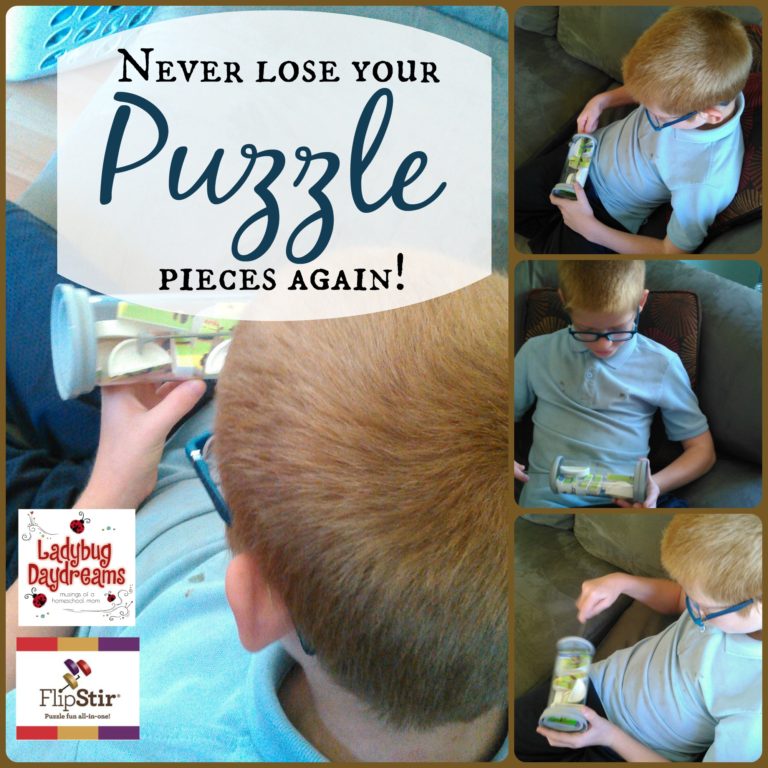
 I mentioned before that there are two levels; T-Rex is a level 1 puzzle. The other level one puzzle is rainbow colored pencils. Level 2 puzzles include the Statue of Liberty, the Solar System, and the Periodic Table of Elements. The difference between level 1 and level 2 is that the harder puzzles have wavy edges rather than straight ones. I haven’t tried a level 2 puzzle, but I imagine those wavy edges make it more difficult to move the pieces around inside their casing. The flip side (pardon the pun) is that once you get them into place, I bet they don’t try to slide out of place so easily. That sliding away from where you left them is one of the biggest hurdles to cross with the straight-edged puzzle.
I mentioned before that there are two levels; T-Rex is a level 1 puzzle. The other level one puzzle is rainbow colored pencils. Level 2 puzzles include the Statue of Liberty, the Solar System, and the Periodic Table of Elements. The difference between level 1 and level 2 is that the harder puzzles have wavy edges rather than straight ones. I haven’t tried a level 2 puzzle, but I imagine those wavy edges make it more difficult to move the pieces around inside their casing. The flip side (pardon the pun) is that once you get them into place, I bet they don’t try to slide out of place so easily. That sliding away from where you left them is one of the biggest hurdles to cross with the straight-edged puzzle.



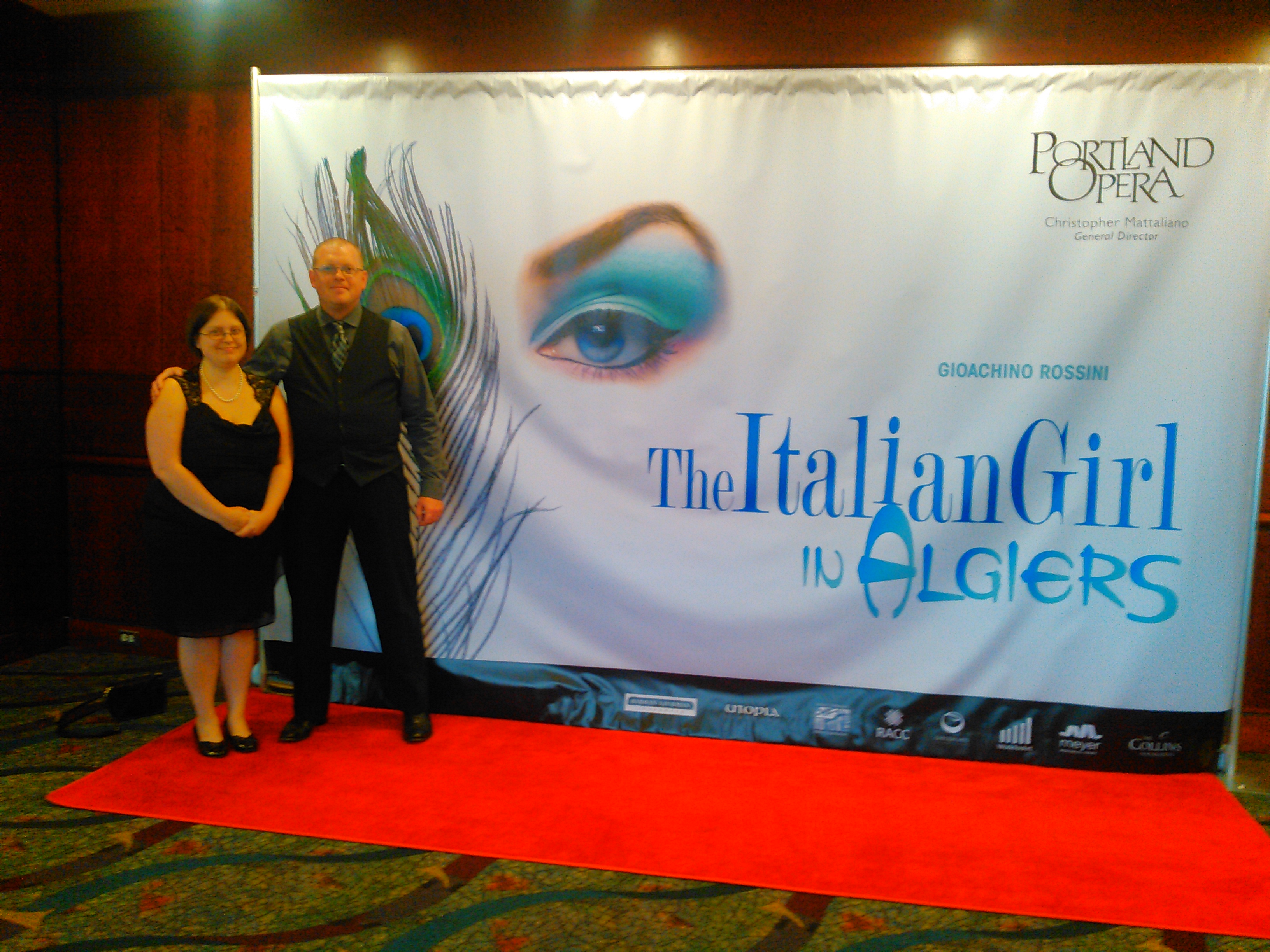

 So what is it? It’s called
So what is it? It’s called  The fictional characters in the program live in ancient times, and the two girls love to tell stories. They just wish there was a way of recording their stories so that wouldn’t forget them from week to week. In order to accomplish this, they develop a system of making symbols/pictures represent sounds, and now they’re sharing that system with young learners using the program.
The fictional characters in the program live in ancient times, and the two girls love to tell stories. They just wish there was a way of recording their stories so that wouldn’t forget them from week to week. In order to accomplish this, they develop a system of making symbols/pictures represent sounds, and now they’re sharing that system with young learners using the program.


